Last updated on July 14, 2022
As one of the most fascinating cities in the world, Istanbul is a popular vacation destination, but also a place where some of the most important historical events occurred. Behind the beauty that we see in the waves of the Bosphorus, the great mosques, and much more, there are so many stories to discover.
When people ask us about our favorite destinations in the world, Turkiye – and specifically, Istanbul – usually tops the list. If you’re at all curious, read on to learn more about this fascinating place.

Ready to WOW us with your knowledge about Istanbul? Try this quiz and see if you can get on top of the leaderboard with your immense travel knowledge. Or if you’re not ready, keep reading for 42 amazing facts about Istanbul.
Fun and Interesting Facts About Istanbul
Istanbul Travel Facts
~ The currency used is the Turkish Lira, although American dollars are also often accepted. See conversion rates here.
~ Popular tourist destinations include Hagia Sofia, the Blue Mosque, and Topkapi Palace, the most famous imperial residence of the sultan of the Ottoman Empire, which was completed in 1478.
~ The Grand Bazaar in Istanbul is one of the largest and oldest covered markets in the world. It has 61 covered streets and over 4,000 shops. It attracts between 250,000 and 400,000 visitors daily.
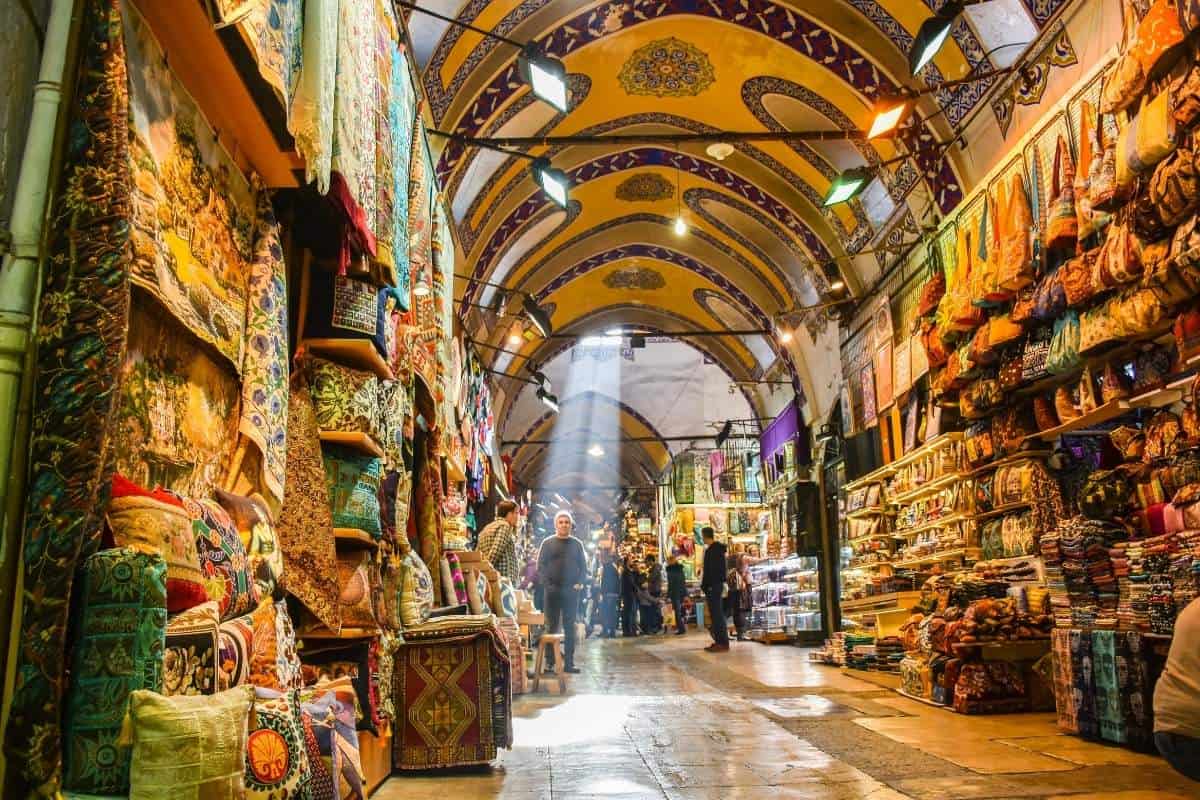
~ Istanbul International Airport (IST), Ataturk International Airport (ISL), and Sabiha Gokcen International Airport (SAW) are the three busiest airports in the country. Istanbul International Airport was recently opened in 2018 and is currently one of the largest airports in the world.
~ When to visit: High season for travel to Turkiye is from June to August, while December through February is the cheapest and less crowded months to visit, but expect rainy, snowy, and chilly conditions.
~ The metro system in Istanbul is the second-oldest underground subway in the world.
Istanbul Geography
~ Istanbul has unique characteristics because it works as a bridge between Europe and Asia – and is the only city in the world to actually exist on two continents. Istanbul’s strategic location on the Bosphorus Strait gives the city its European characteristics while also making it a key player when it comes to commerce between Asia and Europe.
~ There is only one way to cross from the Mediterranean to the Black Sea by boat and that’s through the strait of Bosphorus, right in the middle of Istanbul.
~ There are more than 50 hills within the city limits, with Aydos being the tallest one, reaching 537 meters high.
~ Earthquakes are a constant threat to the city’s infrastructure, due to the proximity of the North Anatolian Fault.
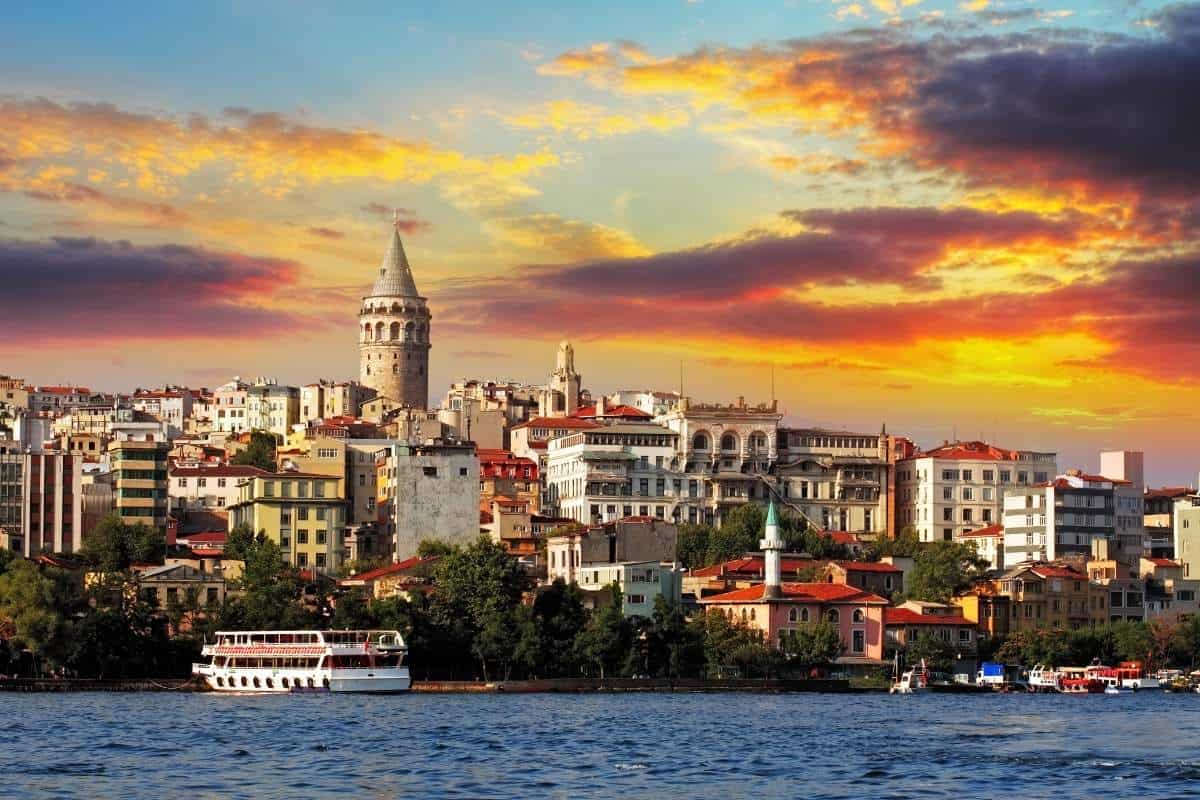
~ The old city within the municipal boundaries of Istanbul has about 9 square miles (23 square km), but in total the metropolitan area as a whole covers about 5,343 square km, making it the world’s fifteen largest urban sprawl.
~ The original city was found atop seven hills, six of which were crests along a high ridge that spanned across the Golden Horn.
~ One of the major features to take notice of when visiting Istanbul is the city’s location as it sits closely between three bodies of water: the Bosphorus, the Sea of Marmara, and the Golden Horn.
~ The Bosphorus Strait divides the two sides of the city. On one side of the strait is European Istanbul, while on the other side are Üsküdar and Kadıköy which are the city districts on Asian soil.
Istanbul Biodiversity & Climate
~ Within the boundaries of Istanbul, you’ll find a set of islands called Prince Islands (Adalar in Turkish) which are said to have so many exotic tree species that they have become arboretums in their own right.
~ The presence of feral cats in Istanbul is a phenomenon known as sokak kedisi. Estimates suggest that there are more than 100,000 cats roaming the city. The feral cats have gained widespread media and public attention and have become a symbol of the city.
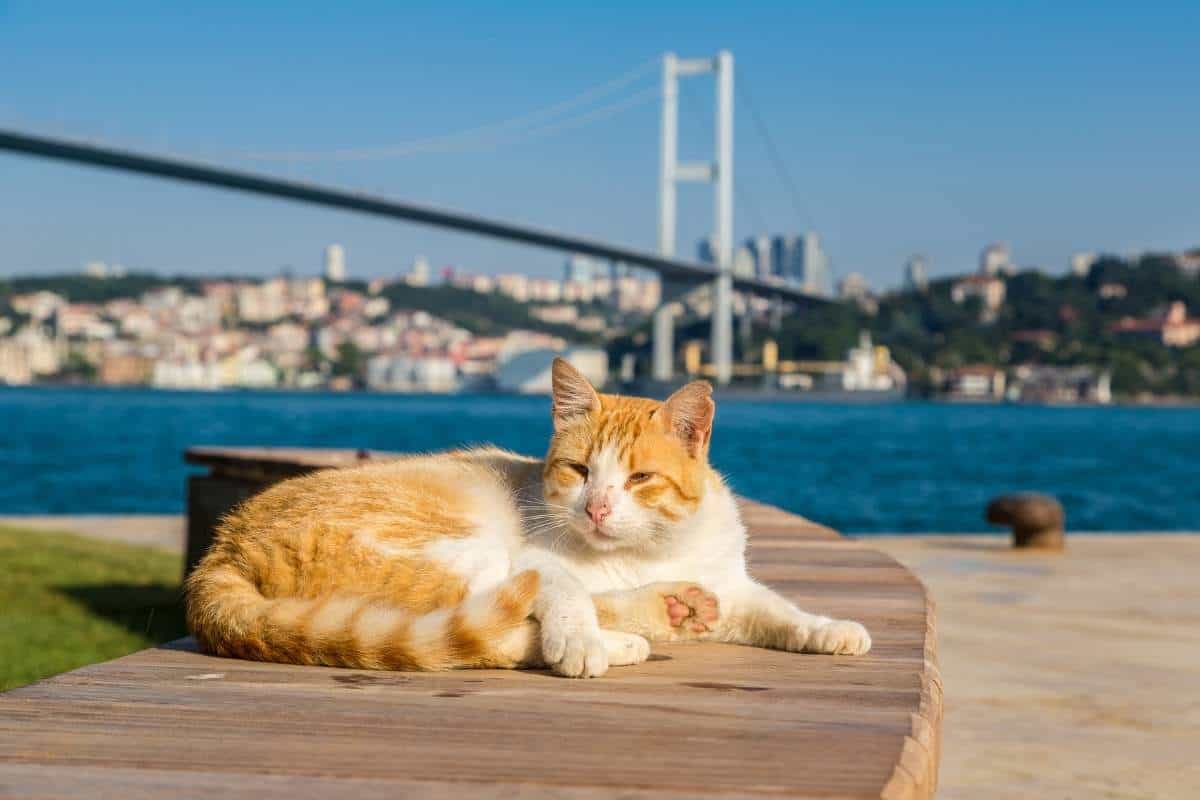
~ Rose-ringed Parakeets are an invasive species in Istanbul. They like to hang out around areas where food is available and places that have warm temperatures, but they can become noisy and destructive when forming large flocks.
~ Wildland mammals are mostly concentrated in the northern forested areas of Istanbul. Wild boars, roe deer, foxes, coyotes, martens, badgers, wolves, and weasels have been observed near the boundaries of the city.
~ Istanbul is the snowiest major city in the Mediterranean Basin, due to lake-effect rain. Because of its location between the Bosphorus and the Black Sea, the city has several microclimates that allow it to experience more than 60 centimeters (24 in) of snow a year.
The Languages and People of Istanbul
~ Only 28 percent of the city’s inhabitants are originally from Istanbul.
~ The most spoken language in Istanbul is Turkish, but English, Kurdish, and Arabic are also commonly spoken.
~ The vast majority of people living in Istanbul are members of the Sunni branch of Islam.
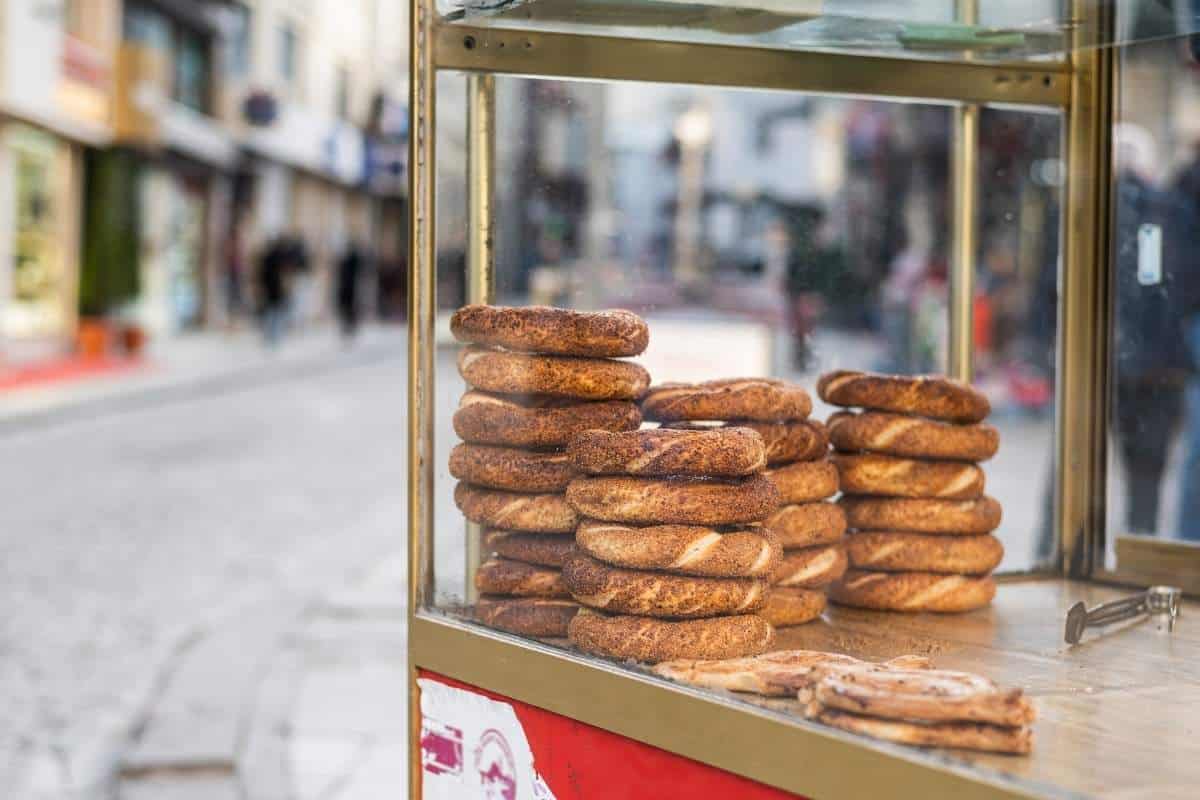
~ Istanbul ranks as the seventh-largest city in the world, and after Moscow, it’s the second-largest urban agglomeration in Europe.
~ Istanbul is the largest city in Turkiye and has grown from a population of 1 million people to 15 million since the 1950s.
~ Constantinople had a majority Greek population from the 8th century BC through the Ottoman conquest. After 1453, there remained a group of prominent ethnic Greeks and/or people adopting Greek culture, however, they were forced to leave between 1923 – 1955 due to government restrictions on their rights and religious practices during which time a majority migrated to Greece.
~ At upwards of 60 million, the Turkish people (or simply the Turks), are the largest ethnic group and form the majority in Turkiye.
History of Istanbul
~ Istanbul’s original name is Byzantium, an ancient Greek colony. In the 16th Century, a German history scholar by the name of Hieronymus Wolf referred to the Eastern Roman Empire by this same name in his text “Corpus Historiae Byzantinae”. The Eastern Roman Empire is now most commonly known as the Byzantine Empire.
~ The city has changed names many times in history. Its name was first changed from Byzantium to New Rome by Constantine the Great in 324 CE and then in 330, it was renamed Constantinople, which honors the famous Roman Emperor. In 1930, its name was changed to Istanbul as the city became a part of the Republic of Turkiye.
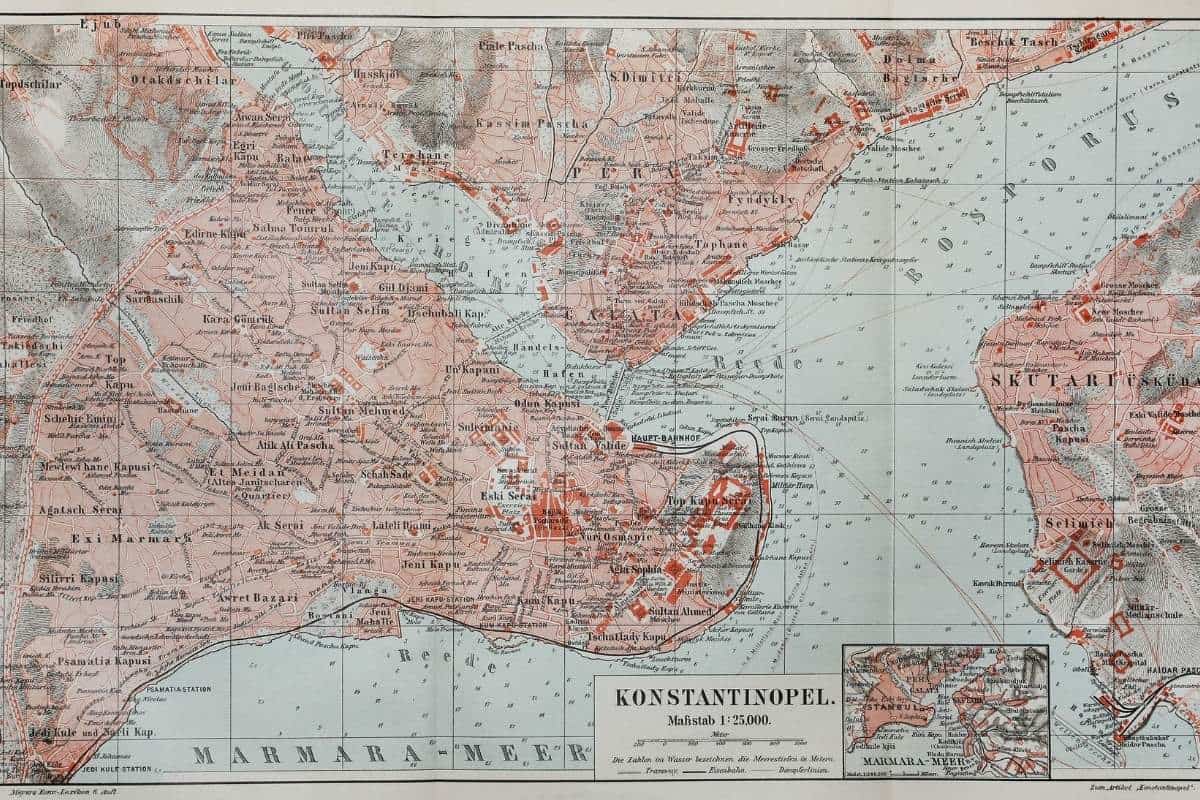
~ Istanbul was the appellation Greek speakers used since the eleventh century to colloquially refer to the city, meaning “within the city”, as the city had some very formidable and famous walls before the Ottoman conquest in 1453 by Mehmed II.
~ Throughout most of its history, Istanbul has been a thriving city that ranks among the largest of the world’s urban centers.
~ Parks and gardens scattered around Istanbul are remnants of the Ottoman Empire, which lasted from 1299 to 1922. Parks were reserved for the ruling class such as sultans, empresses, princes and their families.
~ The forests north of the city have been playing an important role in water provisioning to the inhabitants of the city since ancient Roman times.
Istanbul Culture
~ Hagia Sophia is one of the most well-known buildings in the world and is the most visited monument in Turkiye.
~ Christmas Trees and Santa Claus are symbolic of New Year’s Day in Istanbul despite the fact that most Turks do not celebrate Christmas.
~ Every July, Istanbul becomes like New York City’s Greenwich Village or the French Quarter in New Orleans during the famous Istanbul Jazz Festival.
~ Each year in April the well-known Istanbul tulip festival takes place. According to a Turkish legend, happiness lives on the bottom of a tulip, so Turks regard their favorite colors with great trepidation; while Tulip bulbs are considered a symbol of the country.
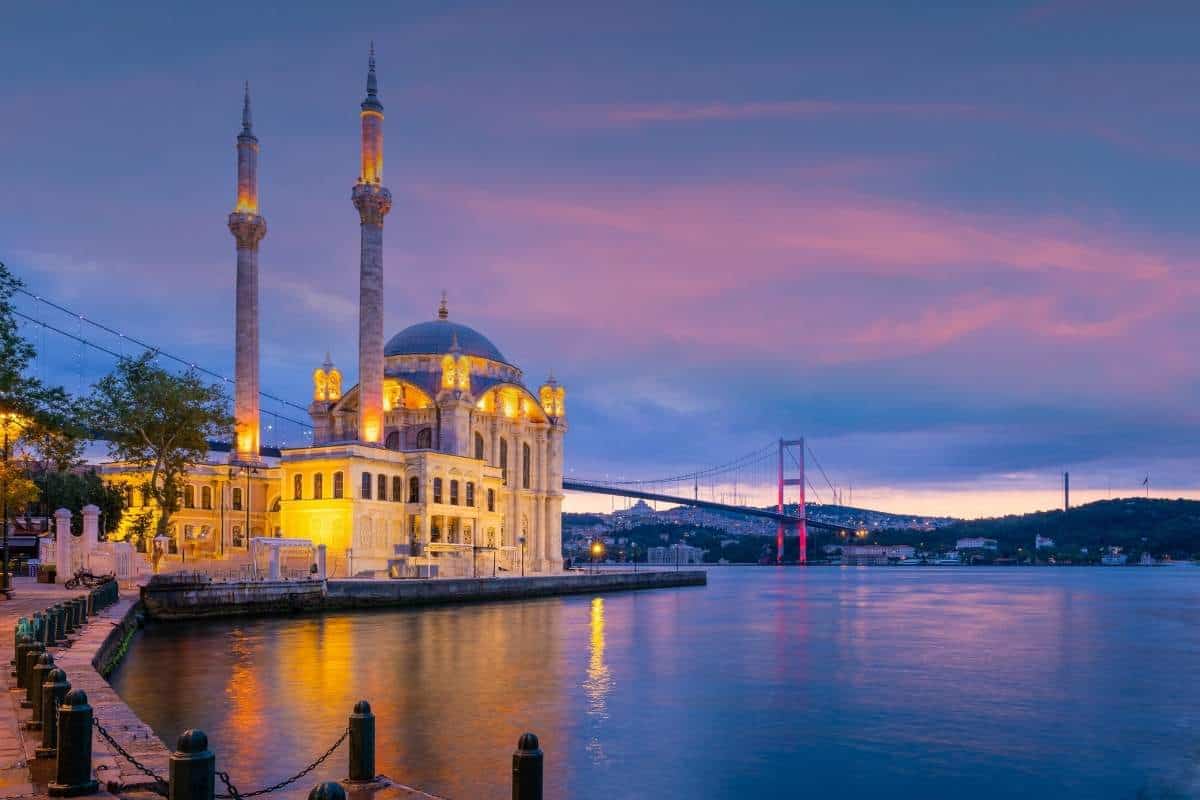
~ Istanbul boasts a wide range of flavors due to its cosmopolitan origins. With kebabs and baklavas traditional throughout southeast Turkiye to less known keskek and gozleme originating in central Anatolia, Istanbul’s array of dishes will surely bring out your inner glutton!
~ Istanbul was designated the European Cultural Capital in 2010.
~ Many movies have been filmed in Istanbul, popular ones include Skyfall (2012), Taken 2 (2012), and The International (2009). Agatha Christie is also said to have written her book “Murder on the Orient Express” in Istanbul.
Fun Facts about Istanbul
~ Istanbul is not the capital city of Turkiye. It may be an important cultural center but the honor of being Turkiye’s capital city belongs to Ankara.
~ Istanbul houses 3,113 mosques, the largest amount in Turkiye. These include the historical Süleymaniye Mosque, Hagia Sophia and the famous Blue Mosque, also known as the Sultanahmet Mosque.
~ According to its 1534 census, Istanbul had 1440 public toilets.
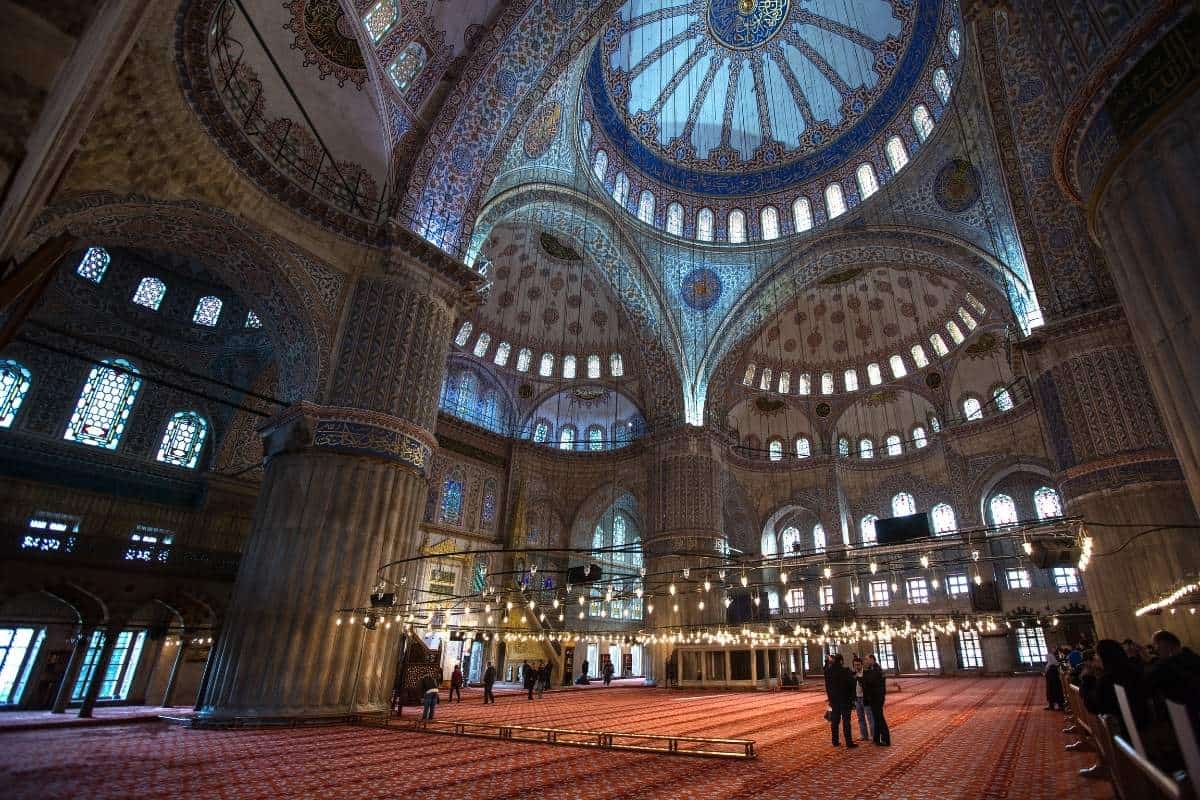
Now that you know so many fun facts about this fascinating city in Turkiye, it’s time to take our quiz about Istanbul.
[adinserter name=”Block 1″]





